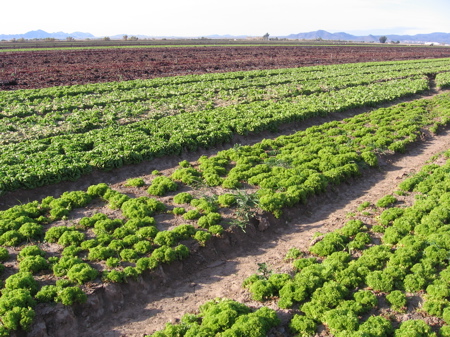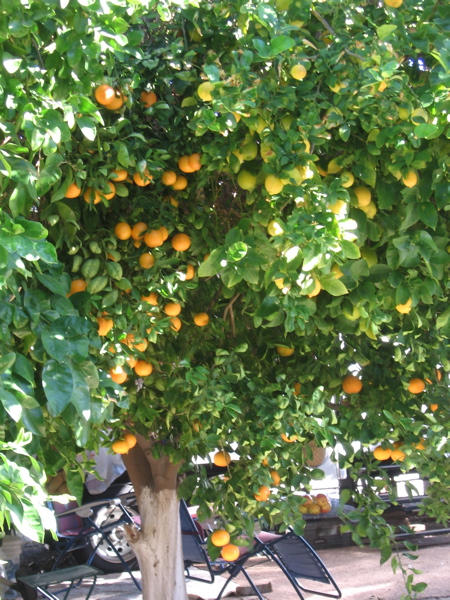A couple of days ago I planted an acorn with my daughter, and by George, I think it’s going to grow. Over Easter I traveled to BC to visit my folks who live south of Revelstoke, and as we waited for the ferry, we took a little walk in the park-like rest area. Most of the ground still had snow on it, but there were a few bare patches underneath a few oak trees. Most of the acorns had been taken by the wild animals over winter, but we found a few. And wouldn’t you know it, some of them had begun to sprout.
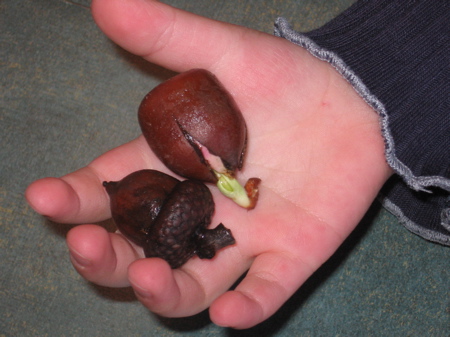
So we collected them in a little plastic bag we had and added a little water so they wouldn’t dry out. Once we got to my folks house, I filled the bag with some damp sawdust so they would survive the several days it would be until we returned home. And they seemed to thrive in that sawdust, because what had been just a little knob peeking out of the shell grew into a good sprout by the time we got home.
Now on the top of my fridge sits two little pots that are hopefully growing a couple of oak trees. I’m not sure how long it will take to see anything on the surface, but I’m confident that by next spring, I’ll have at least one little seedling that I can plant in our yard… as long as I remember to water it.
Update: April 12, 2008
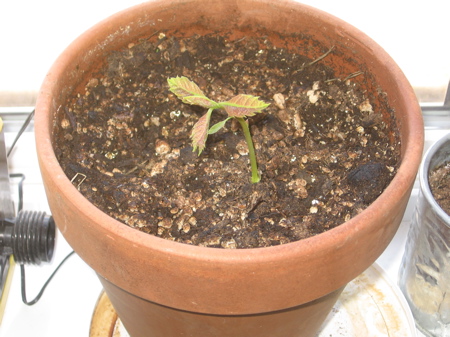
Wow! Just one week later, this little seedling has sprouted and sits at about two inches tall! The other acorn I planted is slightly smaller, but it has two stems. Is that normal?
Update: April 21, 2008
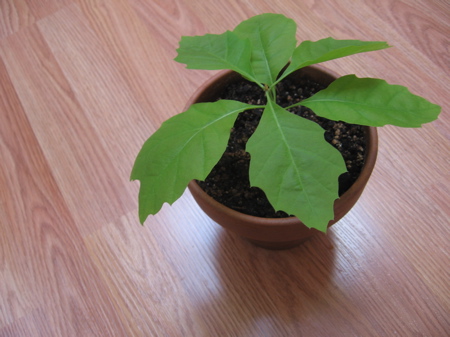
Now five inches high and eight inches wide. Looking good!
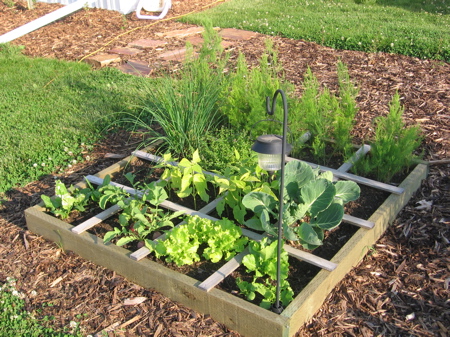 Most gardens are planted in long rows separated by three foot aisles. This means 80% of your garden (that you water, weed, and fertilize) grows nothing. You just walk on it. The square foot method eliminates that 80% of your garden that you don’t use by planting in blocks.
Most gardens are planted in long rows separated by three foot aisles. This means 80% of your garden (that you water, weed, and fertilize) grows nothing. You just walk on it. The square foot method eliminates that 80% of your garden that you don’t use by planting in blocks.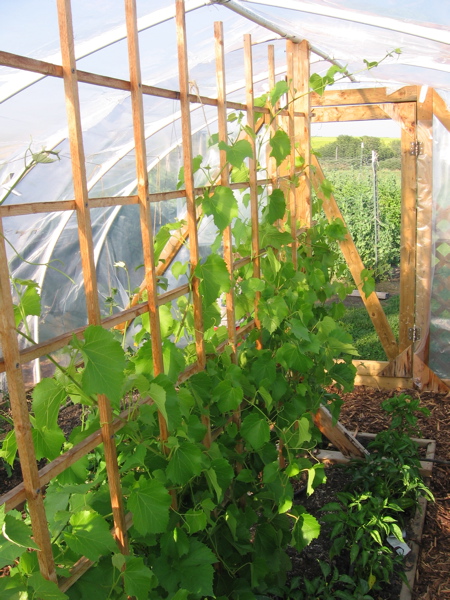
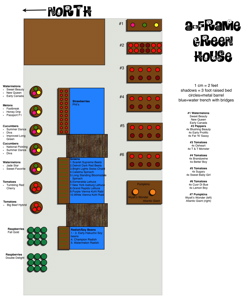
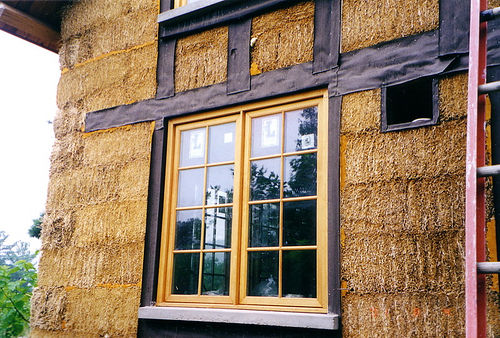
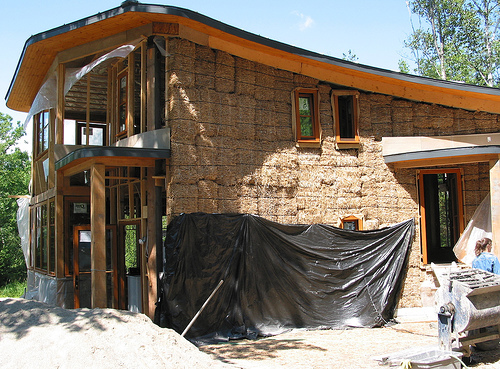
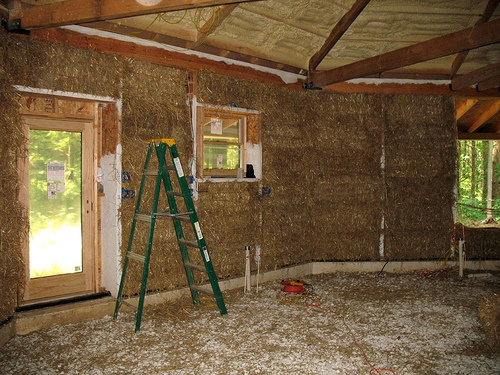
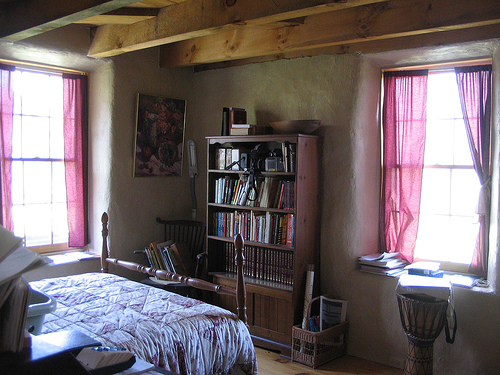
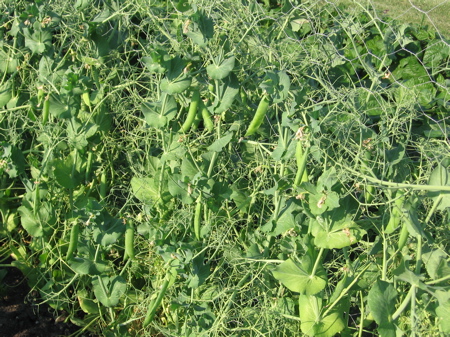
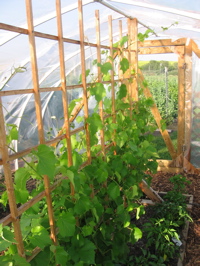 However, eventually, a couple of the stems on my Valiant grapevine began to sprout out some leaves. Then along came my Prairie Star not long after. But my Kay Gray didn’t seem like it had any life at all. I was just about to uproot the lifeless stick when a little bud appeared just at the base of the plant.
However, eventually, a couple of the stems on my Valiant grapevine began to sprout out some leaves. Then along came my Prairie Star not long after. But my Kay Gray didn’t seem like it had any life at all. I was just about to uproot the lifeless stick when a little bud appeared just at the base of the plant.